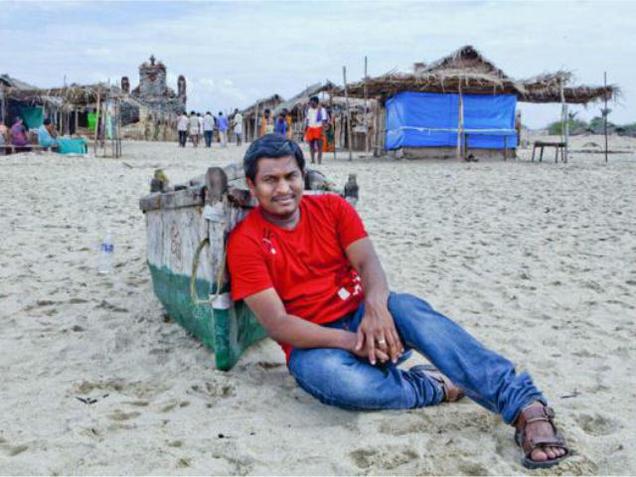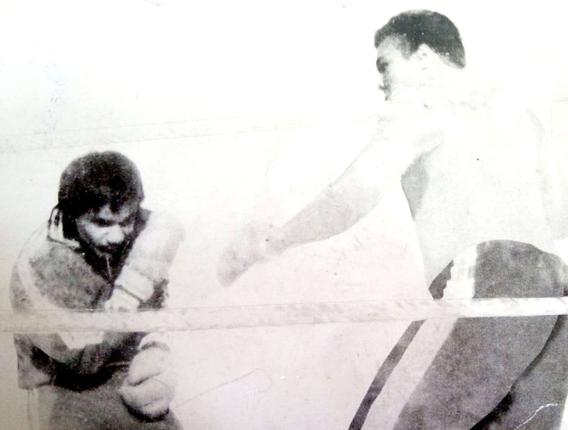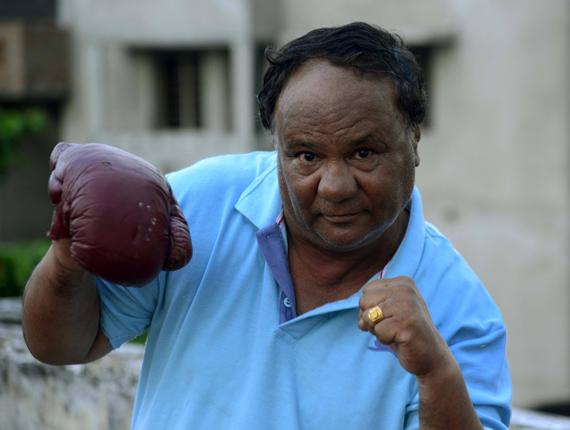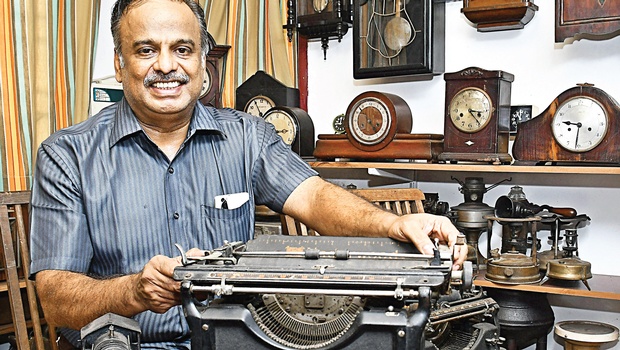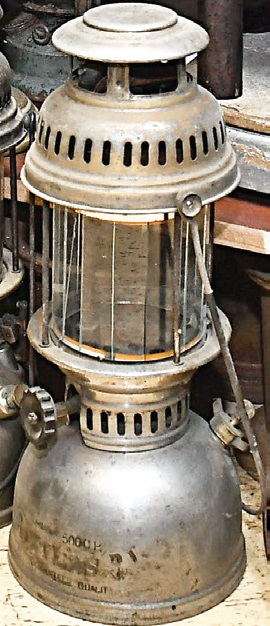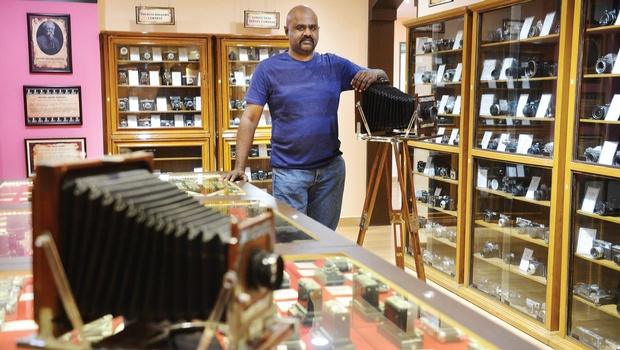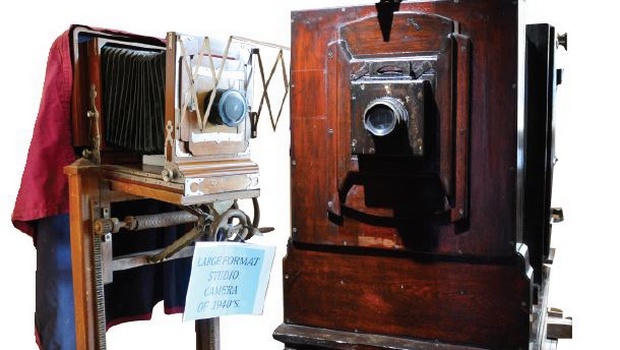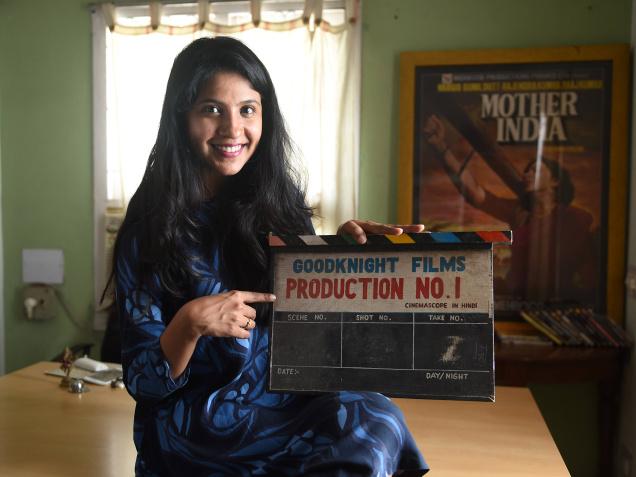
Acting, directing, championing city events, collecting film memorabilia… National Award winner Sruti Harihara Subramanian speaks to RAVEENA JOSEPH about her myriad interests
Sruti Harihara Subramanian won a National Award a few weeks ago. Her 63-minute documentary, A Far Afternoon — A Painted Saga, which captures the craft of artist Krishen Khanna, was also screened at Cinema Indien, Stockholm, and All Lights India International Film Festival, Kochi. It was nominated for best documentary at the New York Indian Film Festival, and has recently been invited to the Indian Film Festival, Stuttgart. Yet, hardly anyone has heard about it. “People don’t consider you a filmmaker when you do a project like this, because everyone is still glued to the idea of traditional cinema,” says Sruti.
Sruti grew up a fan of Mani Ratnam and A.R. Rahman. She collected clippings of their interviews and saved ticket stubs after shows. Cinema felt like another world, one she never thought she could be part of. “I come from a family of dancers and singers — we thought of these as hobbies, not careers. The arts were just not considered a lucrative career track.”
To leverage her creative streak, however, she pursued Visual Communication at MOP Vaishnav College for Women. A chance stint in modelling and the Miss Chennai 2002 title later, casting calls came her way. After-college activities soon included shooting for K. Balachander’s Sahana and Naga’sChidambara Rahasiyam. After that, “I was receiving offers to play the daughter-in-law when I was still in college. I just couldn’t relate to the characters,” she shrugs.
It was around the same time that she wanted to know what went on behind the camera. So, after college, she assisted actor-director Revathy in a few scripts, director Vishnuvardhan in Panjaa (Telugu) and Vikram Kumar in Yaavarum Nalam. “But, being an assistant director does not pay,” she laughs. To make some extra money, she started to do corporate and ad films. So, when Piramal Art Foundation approached her to make A Far Afternoon in 2014, she took it up like any other commissioned project. “But, making a documentary is very different. I had to unlearn everything about commercial filmmaking and that was a whole new experience. Krishen Khanna has a meditative pace to his work: he thinks about every stroke he makes, chooses colours with care, rethinks his choice, and spends time perfecting it. It was a challenge to translate that pace, keeping in mind audience patience.”
But, does the young filmmaker have an eye for art? “Making the documentary was a personal journey as well, because I learnt a lot about the subject. I’m a connoisseur, but not a collector.”
However, what she does collect is film memorabilia. She has over 25,000 posters, lobby cards, song books, film scripts, movie magazines and photo albums. Why? “Some of these magazines and song books date to the 1930s. As film historians age, these are the only sources to know what happened in that era. They show how people used to live, love, dress and create art.” While Sruti collects some of these from run-down production houses and cinema halls, her main source is the paperwallah. “We say we are a land of culture, and cinema is about a 100 years old. Is this how we preserve it?”
She started The Cinema Resource Centre in 2009, and it provides film researchers a wealth of information from the bygone era. Eventually, she hopes to have a one-stop museum-like space for all things cinema — a well-stocked library, curated shows, special movie screenings, and more. “But, right now, due to a lack of space, we are just archiving everything.”
Her office, tucked inside Ashvita Bistro, Alwarpet, is stacked with dusty lobby cards that are being digitised for preservation. The rest of the café too, founded by husband Ashvin Rajagopalan in 2002, is coloured by Sruti’s interests.
As she started terrace gardening, home composting and upcycling, the cafe too started holding workshops in ecological living, and retails upcycled products through Goli Soda, a brand she set up in 2013.
Sruti’s interests over the last couple of years have spurred trends that are now popular city events. “This is the city that made me. What we love doing in other cities, we are trying to recreate here, within our cultural comfort,” smiles Sruti.
source: http://www.thehindu.com / The Hindu / Home> Features> MetroPlus / Raveena Joseph /June 02nd, 2016
